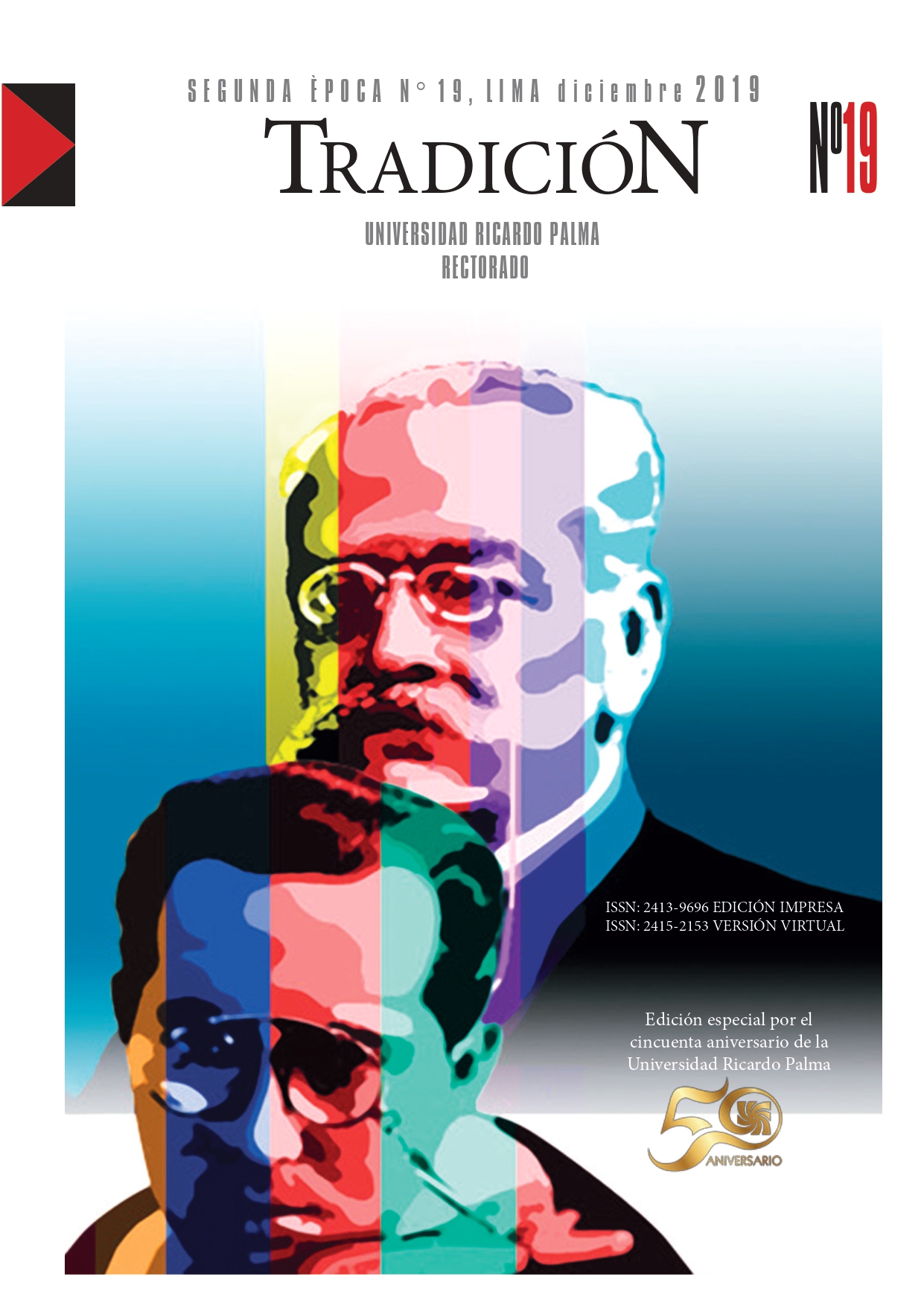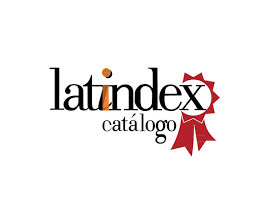Análisis de la incidencia de la corrupción en el desarrollo regional del Perú
DOI:
https://doi.org/10.31381/tradicion.v0i19.2644Keywords:
Corrupción en el Perú, Desarrollo económico regional, Correlación Pearson, Test Paramétrico.Abstract
Resumen
La corrupción afecta la democracia y el desarrollo económico de los países. En el Perú, la corrupción se percibe como el principal problema que aqueja al país, incluso por encima de la delincuencia. No obstante, no existen investigaciones que aborden la problemática desde un punto de vista empírico. La presente investigación es de tipo no experimental, se tomó como
población a los habitantes peruanos y como muestra todas las viviendas tanto en el área urbana como rural y cuyo objetivo general es determinar si existe una relación entre la incidencia
en la corrupción de tipo cohecho y el desarrollo regional en el Perú durante el periodo 2007 – 2017. La técnica utilizada en la presente investigación son el análisis de correlación de Pearson y los test paramétricos y no paramétricos como son el T-student y Mann-Whitney. Para tal fin, se mide el grado de asociación entre las variables citadas mediante el coeficiente de correlación de Pearson; así mismo, mediante los test T-Student y de Mann Whitney se analiza si existe diferencias entre el nivel de corrupción entre los gobiernos. Los resultados sugieren que existe una relación negativa entre el nivel de corrupción de tipo cohecho y el desarrollo económico de las regiones en el Perú, tanto en las dimensiones de ingreso, educación y salud. Por otra parte, se constata que la incidencia de la corrupción de tipo cohecho fue mayor en el gobierno de García que en el gobierno de Humala.
Palabra clave: Corrupción en el Perú, Desarrollo económico regional, Correlación Pearson, Test Paramétrico.
Abstract
Corruption affects democracy and the economic development of countries. In Peru, corruption is perceived as the country’s main problem, even above crime. However, there is no research that approaches the problem from an empirical point of view. This research is of a non-experimental type, taking Peruvian inhabitants as a population and all households in both urban and rural areas as a sample. The general objective is to determine whether there is a relationship between the incidence of bribe-type corruption and regional development in Peru during the period 2007-2017. The technique used in this research is Pearson’s correlation analysis and parametric and non-parametric tests such as T-student and Mann-Whitney. To this end, the degree of association between the variables cited is measured using Pearson’s correlation coefficient. Likewise, the T-Student and Mann Whitney tests analyse whether there are differences in the level of corruption between governments. The results suggest that there is a negative relationship between the level of bribe-type corruption and the economic development of the regions in Peru, in the income, education and health dimensions. On the other hand, the incidence of bribe-type corruption was higher in the García government than in the Humala government.
Keywords: Corruption in Peru, Regional economic development, Pearson correlation, Parametric test.


1.png)
1.png)



